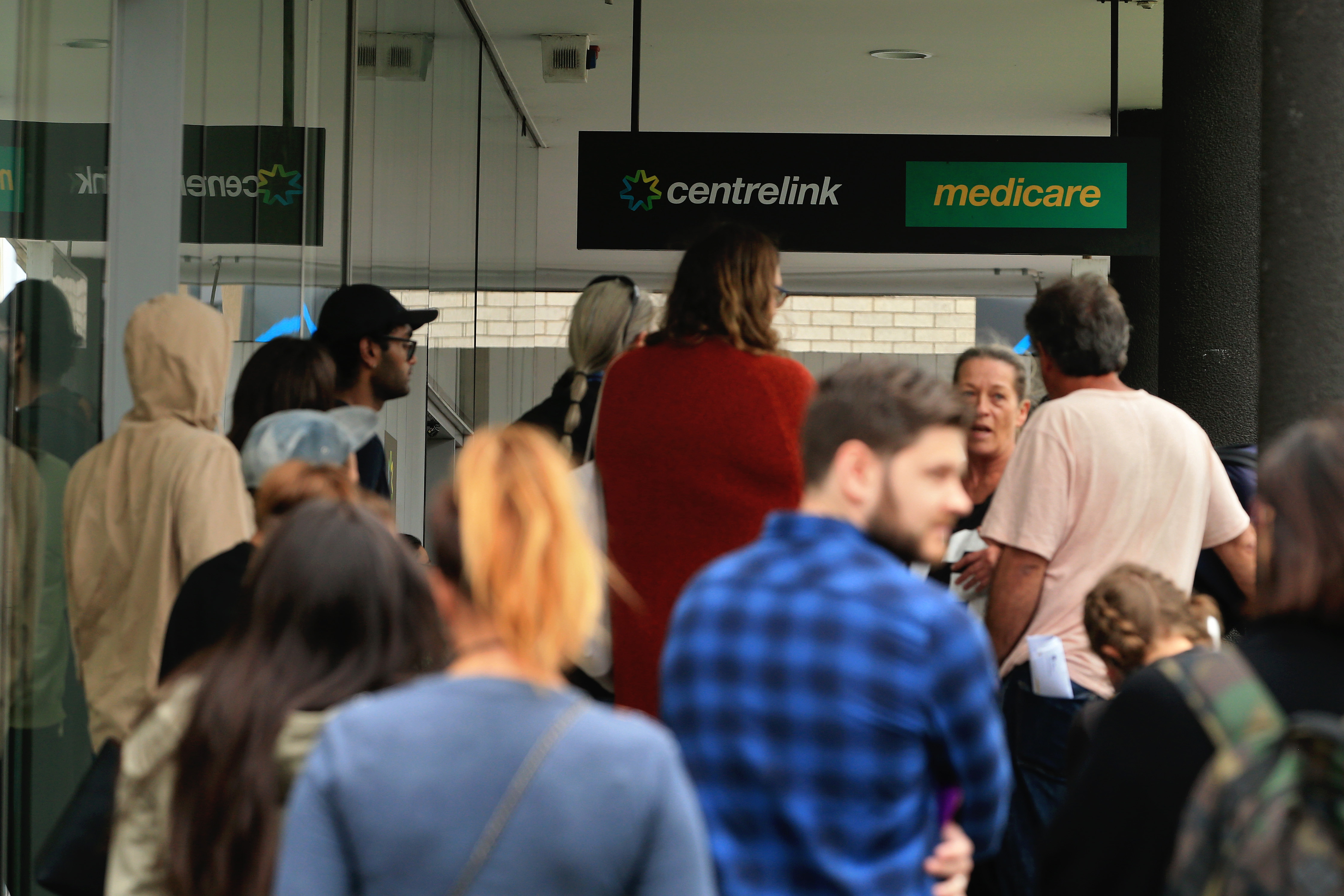
Health & Medicine
Scaling up efforts to tackle male self-harm

Many complex causes may drive someone to consider suicide. Addressing these causes at a policy level will save lives
Published 11 September 2024
Content warning: This article discusses suicide and suicidal thoughts which some people might find upsetting.
In 2022, 3,249 Australians died by suicide.
And, according to results from the 2020-22 National Study of Mental Health and Wellbeing, 57,400 people made a suicide attempt and 648,700 had serious thoughts of suicide.

But suicide is a global issue.
According to the World Health Organization, more than 700,000 lives were lost around the world to suicide in 2019.
That equates to 1,925 people per day – or one every 45 seconds.
In our six-paper Series, published in The Lancet Public Health to mark World Suicide Prevention Day, we call on governments to address the social factors that can contribute to the risk of suicide.
To date, suicide prevention efforts have emphasised clinical solutions. When someone is in a suicidal crisis, good clinical care is paramount, but a broader approach is needed to prevent people reaching the point of crisis in the first place.

Health & Medicine
Scaling up efforts to tackle male self-harm
It’s true that mental illness confers risk for suicide, but the vast majority of people with mental illness do not die by suicide, and many people who do die by suicide do not have a mental illness.
We want to see a proactive public health approach to suicide prevention.
Our team is calling for a public health approach that considers the broader context of people’s lives.
This kind of approach would aim to prevent suicide in an upstream way. When we say upstream we mean addressing key societal issues that exist in people’s lives that we already know are risk factors for suicide.
Upstream approaches are about preventing people reaching a crisis point in their lives, whereas current downstream approaches aim to provide supports for people who are already in a suicidal crisis.
Broadening our approach can have a preventive effect further down the track.

These risk factors might include, for example, financial hardship, domestic violence and abuse, and social isolation. They might also include gambling, alcohol use, access to means of suicide, and the way the wider community understands suicide.
To address suicide, we need a policy reset which would take suicide prevention strategies to the next level.
We also need to be aware that the responsibility for many of the societal factors that bring a risk for suicide lies outside the health sector.
The Series calls for government departments that are responsible for relevant policies to recognise the role they can play in suicide prevention.
We’re talking about financial safety nets, active labour market policies, secure housing policies and many more. These policies can make a real difference to people’s lives and protect against suicide.

Health & Medicine
Caring for those touched by suicide behaviour
Despite strong evidence that connects issues like poverty, homelessness and unemployment to a heightened risk of suicide, current suicide prevention policy tends to focus on individuals’ mental health in a siloed way.
But it’s time we looked at the bigger picture.
As economic pressures, like the cost-of-living crisis and underemployment, ramp up, it’s vital that governments take notice and understand that suicide requires a public health approach.
If they don’t, we’re likely to see the problem escalate, and more lives lost.
Implementing policies that aim to reduce poverty, provide housing and eliminate racism, discrimination, and domestic violence and abuse would help to substantially reduce the suicide rate.

There are two knowns.
One is that suicide is preventable. The other is that public health strategies have the potential to make a major dent in population suicide rates.
But it’s not one-size fits all.
We need more research and different approaches for low- and middle-income countries (LMICs). What works in high-income countries may not work elsewhere.
Cultural factors, including the way in which suicide is viewed, need to be taken into account.
It is critical that a public health approach must have significant input from people with lived experience of suicide.

Politics & Society
Australia’s middle-aged suicide rate ‘a cause for alarm’
This includes people who have experienced bereavement by suicide, people who have supported someone who has been suicidal, and people who have experienced a suicidal crisis themselves.
Recently, there has been a welcome increase in involvement of people with lived experience of suicide in research and policy development.
But we need to go much further.
It is crucial that the involvement of people with lived experience is not tokenistic, but that this includes participation in all stages of developing and planning initiatives, designing their implementation, and evaluating and reporting on the outcomes.

Suicide is a complex issue, and addressing it must be a multi-faceted, cross-sectoral endeavour. This can be only be achieved by a holistic approach that emphasises upstream prevention as well as good clinical care.
If you or anyone you know needs help or support, please contact Lifeline on 13 11 14.
The Lancet's six-part suicide prevention Series aims to explore the requirement for a policy re-set with a whole-of-government commitment to hold politicians and policy makers from all sectors accountable for decisions that may help or hinder suicide prevention efforts – a “suicide prevention in all policies” approach.